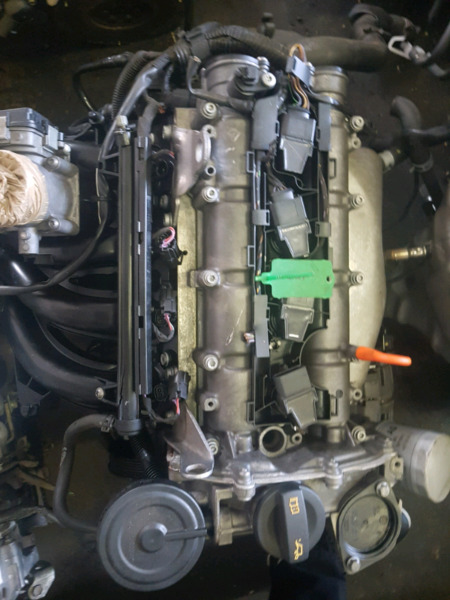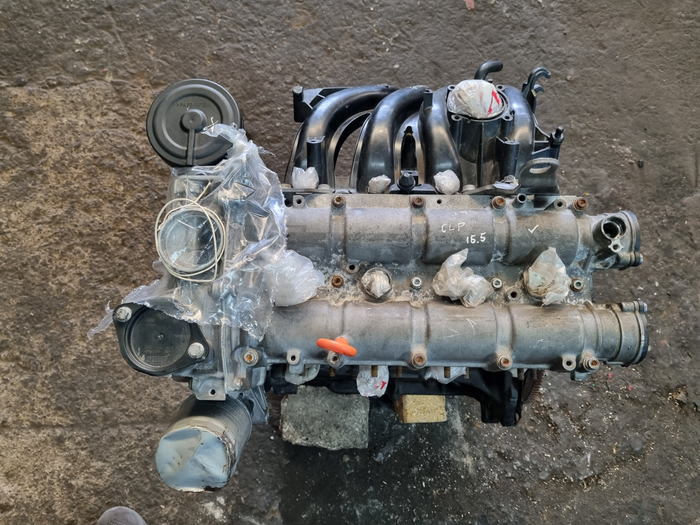Ensure peak performance with a reliable clp engine.
Ensure peak performance with a reliable clp engine.
Blog Article
How a Clp Engine Can Enhance Efficiency in Different Industries
The introduction of CLP engines marks a substantial shift in operational performance across different fields, driven by their capacity to maximize fuel usage and decrease downtime. Industries such as production and logistics stand to get significantly from their durable style and consistent power result, which guarantee to streamline procedures and boost efficiency. As organizations significantly focus on sustainability alongside performance, the function of CLP engines becomes a lot more important. What stays to be seen is how these improvements will certainly form the future landscape of industrial procedures and their effect on wider economic fads (clp engine).
Summary of CLP Engines
CLP engines, or Continual Fluid Propellant engines, stand for a considerable improvement in propulsion modern technology, specifically for area applications. These engines utilize a continuous feed system that permits for the continual expulsion of propellant, causing boosted efficiency and performance contrasted to typical solid or hybrid propulsion systems. By preserving a continuous flow of liquid propellant, CLP engines can attain more precise thrust control, which is crucial for maneuvering spacecraft in different objective scenarios.
The design of CLP engines integrates innovative materials and ingenious fuel management systems. clp engine. This causes lowered weight and raised integrity, vital variables for long-duration area objectives. The continuous operation decreases the threat of burning instability, a typical difficulty in traditional rocket engines.

Benefits in Production
The manufacturing of Continuous Fluid Propellant (CLP) engines presents numerous noteworthy benefits that boost both efficiency and cost-effectiveness. One of the main benefits is the streamlined production process, which minimizes the complexity related to typical propulsion systems. By making use of fluid propellant, producers can achieve better precision in engine efficiency, bring about optimized power output and minimized waste.
In addition, CLP engines facilitate a greater level of modularity, enabling for much easier combination right into various manufacturing lines. This flexibility can significantly lower lead times and boost general operational versatility. Using CLP innovation additionally has a tendency to minimize the demand for comprehensive upkeep because of fewer moving parts, which translates right into decreased downtime and functional expenses.

Applications in Logistics
Leveraging Constant Liquid Propellant (CLP) engines in logistics provides substantial benefits in operational efficiency and integrity. These engines provide a durable service for various transport needs, enabling the smooth movement of products throughout large ranges. The inherent layout of CLP engines allows for consistent power output, which converts right into smoother and more predictable transportation schedules.
One of the essential applications of CLP engines in logistics remains in heavy-duty products transport, where they can drive both ground and airborne automobiles. Their capability to keep high performance under varying tons conditions makes sure that shipment timelines are fulfilled, thus enhancing customer satisfaction. In addition, CLP engines can be integrated right into automated logistics systems, assisting in real-time monitoring and maximizing route preparation.
Moreover, the longevity of CLP engines minimizes upkeep downtime, enabling logistics firms to maximize their functional capacities. This is especially helpful in warehousing operations, where efficiency in handling and carrying items is essential. As logistics continues to develop, the combination of CLP engines represents a forward-thinking technique that not just enhances performance but additionally supports the sector's growing demands for integrity and rate.
Effect On Energy Efficiency
Exactly How do Continuous Fluid Propellant (CLP) engines enhance power performance in transportation? CLP engines use a regular flow of fluid fuel, maximizing burning processes and maintaining a secure thrust output. This style lessens power losses associated with typical combustion engines, where gas distribution can vary and lead to ineffectiveness.
The constant procedure of CLP engines permits an extra efficient thermal cycle, causing greater details impulse contrasted to standard engines. clp engine. This translates to reduced fuel consumption for the very same amount of work done, considerably lowering functional costs throughout different transport markets, consisting of air travel and maritime industries
Furthermore, the ability of CLP engines to keep ideal efficiency under varying tons conditions minimizes the requirement for regular velocity and slowdown, further improving fuel effectiveness. Improved energy effectiveness not only adds to cost savings however also causes lower greenhouse gas emissions, lining up with worldwide sustainability goals.
Future Trends and Innovations
Arising developments in Continuous Liquid Propellant (CLP) engine innovation pledge to reinvent the landscape of transport effectiveness and here sustainability. As industries pivot towards greener alternatives, CLP engines stand at the leading edge, integrating cutting-edge materials and style methods that boost performance while decreasing environmental effect.
One of one of the most promising trends is the adoption of crossbreed systems that incorporate CLP engines with eco-friendly power resources. This synergy can enhance fuel consumption and reduce discharges, aligning with global sustainability goals. Developments in computational fluid characteristics (CFD) are promoting the style of more aerodynamically efficient engines, leading to reduced drag and boosted fuel performance.
Furthermore, the growth of smart monitoring systems is set to enhance operational effectiveness. These systems leverage data analytics and IoT modern technology to enhance engine performance in real-time, ensuring that the engines operate within their most efficient criteria.
As research remains to check out alternative propellant formulas-- such as biofuels and artificial gas-- the future of CLP engines looks encouraging. By taking advantage of these advancements, sectors can not only enhance their efficiency but likewise contribute dramatically to a cleaner, extra lasting future in transportation.
Verdict
Finally, CLP engines stand for a substantial innovation in efficiency across several sectors. Their ability to optimize fuel consumption and lower operational expenses, integrated with a constant feed system, improves power result and functional integrity. The integration of sophisticated products and less relocating components minimizes maintenance needs, while placement basics with sustainability goals settings CLP engines as a crucial technology for the future. Continued innovation in this field guarantees more improvements in efficiency and ecological performance.
Report this page